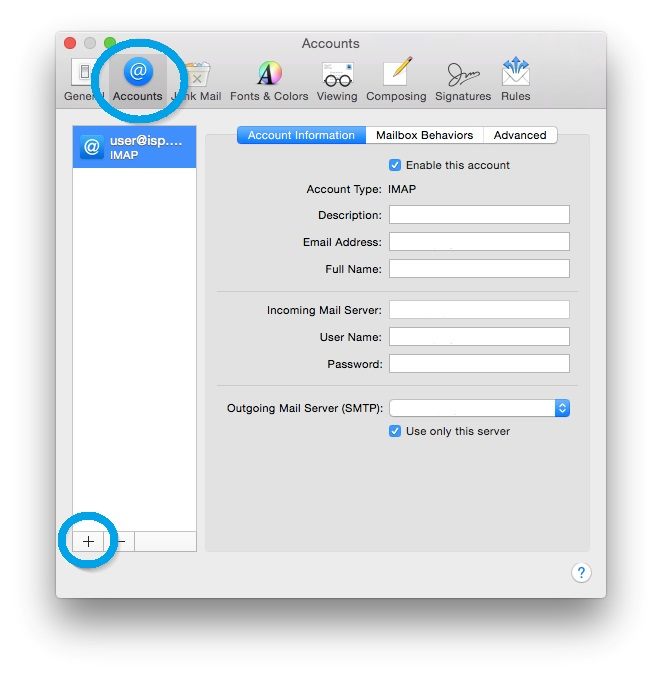
Any actions you take in your email account are automatically synced on the server and you always see the same messages and folders no matter where you log in. IMAP is more in line with how we use email today, using multiple devices to access the same inbox. POP3 also does not sync between devices, so if you have set up the option of leaving a copy of a message on the server, when you delete it on your smartphone it will still appear on your laptop. And while the POP3 default of storing your email on your device does have the advantage of making it accessible even if you are not connected to the internet, the downloaded emails can use up a lot of storage space. However, it is often possible to activate an option to leave a copy of your messages on the server so they can be retrieved on multiple devices – you just have to remember to set things up to reflect your preferences. The original POP protocol dates back to 1984, and POP3 still seems to embrace the old-fashioned idea that you only check your email from a single device. This can sometimes be confusing or inconvenient, because depending on your settings, it can seem like an email has “disappeared”. This means the emails now only exist on the device you downloaded them to – if you check your email again later using your phone instead of your laptop, those messages will not appear on your phone.

It then deletes the emails in question from the server before disconnecting. POP3, on the other hand, connects to the email server, fetches the messages from the server and saves them on your device. In other words, with IMAP you use your email program to manage email that is still stored on the server. When you do things like answer or delete messages, these actions are processed on the server. So if you check your email on your laptop, for example, IMAP will fetch the content and temporarily store it on the device. You should also note that IMAP and POP3 are not offered by all email service providers – and at they are Premium features.įor users, the most important difference is that IMAP allows remote access to emails stored on a mail server while POP3 downloads them to a device.

However, if you connect to your email account using a third party email program, for example Thunderbird or Outlook on your laptop or the Apple Mail app on your iPhone, you may have to manually get your email accounts set up with IMAP or POP3. Some email apps like the Mail App (see below) also work automatically so you don’t have to think about IMAP or POP3 settings.

The email service provider handles everything. If you only use webmail to check your emails – that is, you check your email exclusively in your web browser, for example by logging in on the website – you don’t have to worry about IMAP and POP3. IMAP stands for Internet Message Access Protocol, and although we are now on version 4, the term IMAP4 is rarely used. POP stands for Post Office Protocol, and because the third version is currently in use, you will often see it referred to as POP3. POP and IMAP are protocols for retrieving mails from an email server to a device (i.e.


 0 kommentar(er)
0 kommentar(er)
